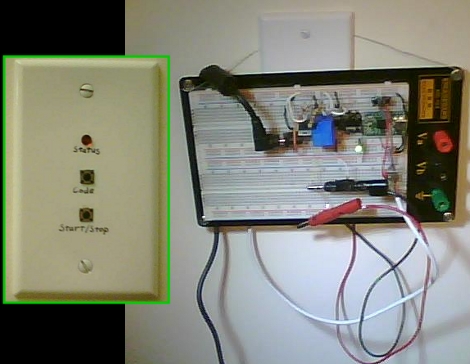
This gun hunts only RFID tags.[mnt], who brought us laser gesture control, built this RFID Zapper but included so much more. Any good weapon has to sound mean, a feat he’s accomplished by incorporating an MP3 player into the rifle. The coil that zaps the RFID tag is powered by a photo-flash unit, but for visual feedback he’s got a second unit that flashes light to signal the demise of your German passport (see the video after the break).
It’s hard to believe we haven’t covered RFID Zappers yet. The concept came out of the Chaos Communication Congress a few years back. This method works by sending a very strong electromagnetic field through the RFID tag that causes it to burn out. There’s a wiki post on RFID Zappers but Firefox threw a certificate warning when we loaded it up; read at your own risk.
















